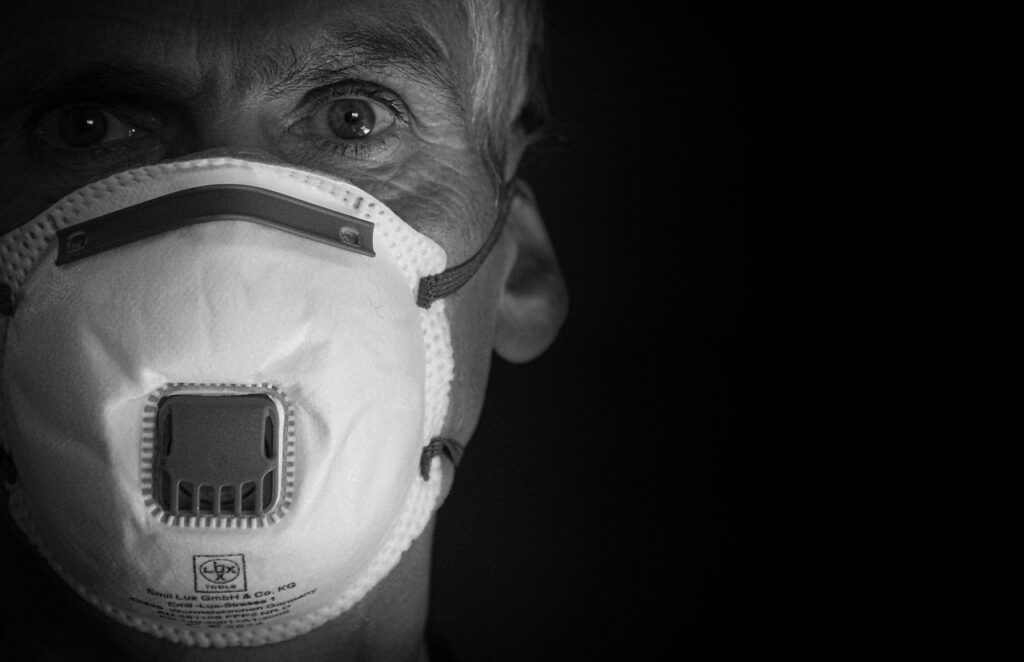What Is exll08s1 and Why It Matters
exll08s1 is a compact yet capable sensor module used in a range of smart hardware applications. It integrates multiple sensing capabilities into one footprint, making it a goto for projects where size and power control are essential. Think motion tracking, environment monitoring, or responsive devices that rely on realtime input with minimal lag.
Its utility lies in its balance: lowpower draw, decent processing onboard, and highly compatible with microcontrollers via SPI or I2C. Firmware updates like this one push that balance even further, reinforcing its spot on the shortlist of modules used by serious developers.
What’s New in the Firmware Update
Unlike previous revisions, this latest firmware focuses less on adding flashy features and more on refining the core mechanics. Here’s what changed:
Optimized Data Sampling Rates: Now you get faster refresh cycles without hitting your battery—a big win for solarpowered systems. Reduced Latency in Event Triggering: Helpful for realtime apps like motion alerts or gesturebased control. Improved Temperature Compensation: For more accurate environmental readings when external temps shift drastically. Bug Fixes in Sleep Mode Transitions: A small, nagging bug that caused a wake delay has been squashed.
It’s not a radical jump, but the polish shows. Stability and consistency feel tighter—and for production environments, that’s gold.
How to Update Your Module
Flashing the new firmware is straightforward if you’ve already worked with MCU bootloaders. Here’s a trimmeddown process:
- Download the update package from your supplier or the module’s manufacturer repo.
- Connect your module over UART or USB depending on your dev board.
- Use the provided flasher tool or upload via commandline (some use
dfuutil, others go with custom bootloaders). - Verify the version postinstall using your serial monitor or environment readout command.
Just watch your power levels during the update. Dipping voltage midflash can brick your chip temporarily, especially when skipping bootloader redundancies.
Performance Gains in RealWorld Projects
After the update, users have reported better responsiveness in projects like:
Indoor climate monitoring with realtime alerts to HVAC systems. Lowpower wearables that capture movement with tighter, more accurate intervals. Security panels using gesture recognition, now with quicker state change detection.
The big takeaway: small firmware tweaks can ripple out into meaningful UXlevel improvements. It’s one of those updates worth applying across active units to standardize stability.
Compatibility Caveats
The firmware is backwardcompatible with previous hardware versions of exll08s1, but there are two exceptions:
- If you’ve customized the boot sequence heavily, expect minor integration quirks. Prepare a fallback strategy.
- Very early batches (pre2021) might need a jumper mod to enable full update functionality.
Just check the batch codes printed on the PCB silkscreen. If in doubt, verify with the community forum or your hardware supplier.
Forward Deployment Tips
Rolling out this firmware across a large fleet? Keep things simple:
Use remote device management tools where available. Always log current firmware versions before updating. Stagger rollouts by deployment batches to reduce downtime risks. Set a monitoring window of 48 hours postupdate to catch edgecase bugs.
Solid firmware update habits separate amateur deployments from commercialgrade stability.
Community Feedback on exll08s1
The developer network around exll08s1 is growing—and the feedback loop is strong. After this update, community Git repos and forums buzzed with:
Recognition of better temperature readings in complex multisensor arrays. Praise for the trimmed power use during idle cycles. Tips for chaining multiple modules while keeping sync tight.
When firmware updates like this get tested across thousands of different use cases quickly, the best edgecase discoveries float to the top fast. That’s free debugging, basically.
The Bottom Line
This firmware update isn’t revolutionary. It doesn’t need to be. What it brings to exll08s1 is confidence: quicker sensing, more predictable behavior, and energy savings that stack up over time.
If you’re already using the module, updating makes sense—especially for deployed systems that rely on accurate, lowlatency reads. If you’re just discovering it, now’s a good time to build something with it. The platform’s maturity is showing, and the firmware team is clearly listening.
Don’t sleep on small updates. They’re where longterm reliability begins.


 Pet Travel & Safety Consultant
Jimmy Dixoneser is the go-to expert on pet travel and safety at Pet Paw Shack. He provides valuable guidance on how to ensure pets are safe, comfortable, and stress-free when traveling. From creating checklists for pet-friendly vacations to advising on the best travel gear, Jimmy’s expertise helps pet owners confidently navigate adventures with their pets, whether on the road or in the air.
Pet Travel & Safety Consultant
Jimmy Dixoneser is the go-to expert on pet travel and safety at Pet Paw Shack. He provides valuable guidance on how to ensure pets are safe, comfortable, and stress-free when traveling. From creating checklists for pet-friendly vacations to advising on the best travel gear, Jimmy’s expertise helps pet owners confidently navigate adventures with their pets, whether on the road or in the air.
